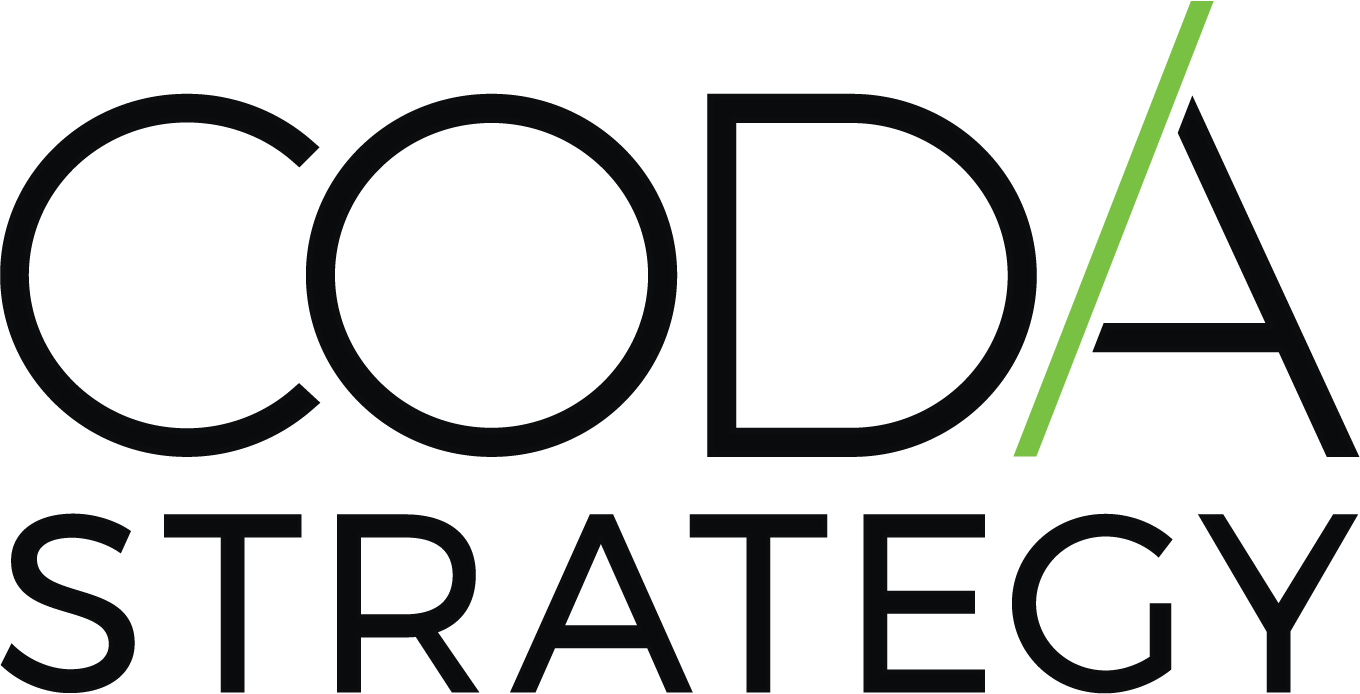
Intelligent automation has recently received a lot of buzz. A lot of people want to know what the future holds, and many don’t want to feel left out.
However, intelligent automation (also known as “hyperautomation”) is an ever-changing collection of technologies. New tools come out every year. It is difficult to keep up.
In addition, others are concerned whether the hype will match reality. For example, in July 2021, leaders at IBM scaled back expectations for Watson. IBM first pitched Watson as revolutionary, promising advanced AI capabilities like automating cancer detection and treatment recommendations. Now, IBM has positioned Watson as a tactical natural language processing tool. Even the best can get caught in the hype.
Instead, it pays to be smart about intelligent automation. But how can digital leaders think about intelligent automation in order to make smart investment decisions?
We can divide intelligent automation into three categories. Here, we aim to cover 80% of the capabilities. The remaining 20% involve niche capabilities that are covered in a more detailed study.
The three capabilities are:
- Automating tasks
- Orchestrating workflows
- Automating decisions
Automating Tasks
The first capability is automating tasks. This is often called robotic process automation (RPA), where a bot repeats a set of tasks in the same way that a human would. This frees the human to focus on more valuable work.
Now, automating tasks is not new. Excel macros have existed since the ’90s. However, modern RPA has an interesting history.
Daniel Dines founded UiPath, a leader among RPA companies, as DeskOver in 2005. They initially built tools to help developers build software. Dines tried to sell them to companies like Amazon, Google and Microsoft, but did not receive much interest.
Dines struggled. He thought about closing the company. However, in a moment of serendipity, a business process outsourcing firm in India was searching for an automation tool. Now, outsourcing firms perform repetitive tasks with thousands of employees from low-cost countries. Price pressure is intense.
At the time, UiPath knew nothing about outsourcing. However, they were able to pivot away and impress the outsourcing firm. The rest is history.
Thus, the modern era of intelligent automation began when a company that produces productivity tools met an outsourcing firm looking for help to increase productivity. Now, thousands of companies run millions of bots, all executing the same tasks repeatedly. They free up millions of hours, allowing everyone to focus on more important work.
Orchestrating Workflows
Sometimes automating individual tasks is not enough. Instead, we need to redesign the business process. That brings us to our second capability: orchestrating workflows.
Michael Hammer and James Champy’s seminal book, Reengineering the Corporation, contains a classic story. There was a division at IBM that was very profitable. However, they had one major challenge: On average, producing a contract for a client took six days. For salespeople, this was unacceptable. In that time, a client could select another vendor. Therefore, they wanted to improve operations by automating tasks.
However, this wasn’t the right approach. Two senior executives had a brilliant idea. They walked one application through the business process, asking each person to focus only on this one task. They discovered that the department could complete an application in 90 minutes.
Now, suppose the executives had a magic wand that could make everyone work twice as fast. They would only save 45 minutes. Most of the time was spent waiting in queue. The solution was not to complete tasks faster.
Therefore, they redesigned the business process, so that most of the time, one person could complete an application in one step. They reduced average waiting time from siz days to four hours, for a 100-fold gain in productivity.
Thus, the second group of tools is about orchestrating workflows. Low-code workflow engines allows business users to orchestrate company-wide business processes. They can increase productivity beyond just automating a single task. Furthermore, automating tasks and orchestrating workflows go hand in hand. We can orchestrate the workflow first, and then automate individual tasks for even more efficiency.
Automating Decisions
The third group of technologies focuses on automating decisions. There are easy problems and hard problems. This leads to Moravec’s paradox.
In 1988, Hans Moravec wrote, “It is comparatively easy to make computers exhibit adult level performance on intelligence tests or playing checkers, and difficult or impossible to give them the skills of a one-year-old when it comes to perception and mobility.” For example, we’ve taught computers to play checkers, but we struggle to teach computers the perception and mobility skills of a toddler.
In 1966, the famous computer scientist Marvin Minsky wanted to teach a computer to recognize common household objects. Thinking that it would take one summer, he assigned the project to a student. It turned out to be extremely difficult. Fifty years later, computer vision systems are just now emerging.
Now, if computer vision is a hard task to automate, then what would be easier? Researchers have made progress on specialized problems. For example, IBM Watson’s computer vision capabilities for specific types of cancer can match the performance of a radiologist. As another example, credit reporting companies deploy decisioning engines to predict risk for credit fraud or loan default, using massive data sets.
Unlocking the Power of Intelligent Automation
The true power of intelligent automation lies in combining the three capabilities — automating tasks, orchestrating workflows and automating decisions. For example, first, we can orchestrate the workflow by redesigning the business process. Second, we can automate individual tasks to free people from mundane tasks. Third, we can automate decisions for which machines have an advantage.
Now, achieving the promise of intelligent automation can be challenging. Some struggle to separate hype from reality. Others become enamored with the tools and lose sight of solving business problems. Thus, a company needs to begin with a strategic view of business challenges to unlock the power of intelligent automation. Those business problems make the field of intelligent automation exciting today.
This article is republished from Entrepreneur. Read the original article here.




